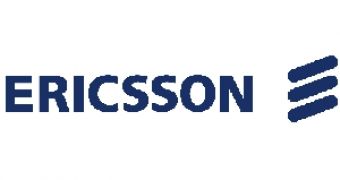Ericsson will bring a solar-driven and energy-efficient main-remote GSM base station deployed in conjunction with leading Indonesian operator PT Telekomunikasi Selular (Telkomsel). This makes an innovative and resource-saving solution coming from the telecom company.
The base station will bring macro coverage in the untapped areas of Sumatra and look especially on the needs of Indonesian rural areas. This comes as part of Ericsson's Communications Expander portfolio and should lead to excellent results. Up to 60 percent less energy will be consumed, with just the same results. Moreover, the remote radio is placed at the top of the tower, which reduces feeder loss and power use.
Ericsson's new solution is meant to help especially the rural areas that face electricity supply problems. Moreover, it should come as a "green" solution, one among the few others that this company has resorted to using over the past period. The site needs no diesel fuel, which reduces operating expenses, while network operating expenses considerably increase. Another important feature is that environmental impacts are considerably reduced, aside the lower operator costs that Ericsson puts up with.
"This alternative-energy site solution helps Telkomsel address the challenge of bringing coverage to areas with limited access to the electricity grid. It can reduce their operational expenses and bring connectivity to untapped areas in Sumatra, and reflects Ericsson's commitment to bringing communications to all", said Jan Signell, President at Ericsson South East Asia.
Through this new solution, Ericsson looks to increase efficiency for 3G for radio base stations by 35 percent. The company's experience with solar-powered sites is a long one and goes back to year 2000, when it delivered its first solar-powered site to Maroc Telecom. Evolution has been pretty good in time, reaching the high number of 100 sites, at this date.

 14 DAY TRIAL //
14 DAY TRIAL //